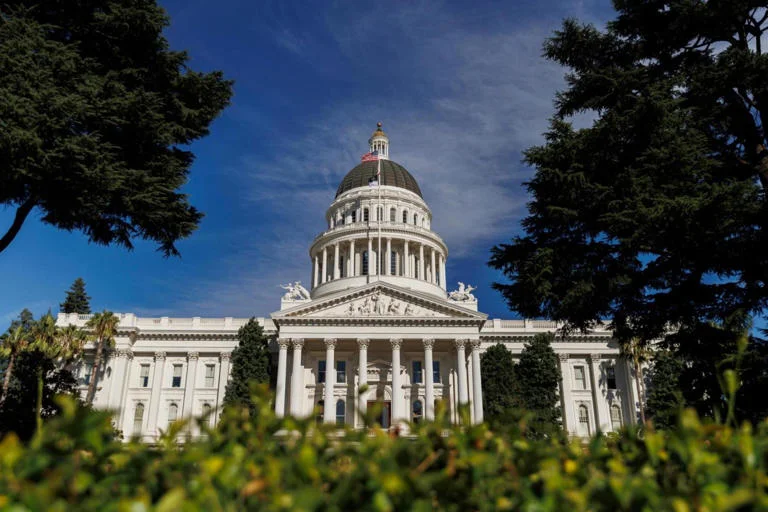
Are Insurers Abandoning Wildfire Victims in Their Time of Need?
In the wake of California's ferocious wildfires that scorched Los Angeles and surrounding areas, thousands of survivors are grappling with more than just physical devastation—they're battling delays in insurance claims that could upend their recovery. As allegations mount against major insurer State Farm, questions arise about whether the system is failing those it promised to protect, highlighting a growing crisis in disaster response and consumer rights.
California Insurance Commissioner Ricardo Lara has signaled that an investigation into State Farm's handling of claims from the January Eaton and Palisades fires is 'not off the table.' Survivors have voiced frustrations over delayed payments and outright denials, particularly for smoke damage that lingers long after the flames subside. For instance, Rossana Valverde, a Pasadena resident whose home survived the fires but suffered extensive smoke-related contamination, described waiting over 100 days for adequate compensation. 'We thought we were lucky at first, but the black ash and toxins have made our home unlivable,' she shared, underscoring the human toll of these bureaucratic delays.

State Farm, the state's largest insurer, has processed over 12,600 claims from these fires, disbursing more than $3.4 billion as of May. Yet, complaints persist, with survivors accusing adjusters of unresponsiveness and low initial payouts. Lara's letter to State Farm CEO Dan Krause demanded details on claim processing standards and urged faster advances on contents coverage. This comes as State Farm seeks a significant rate hike—up to 38% for some policies—to offset wildfire-related losses, a move opposed by consumer groups like Consumer Watchdog. The juxtaposition raises ethical questions: Should rate increases be approved amid unresolved claims?
Comparisons to past events, such as the 2015 and 2017 wildfires, show a pattern of scrutiny for insurers. The Department of Insurance is currently examining Farmers Insurance Group's practices from those disasters, suggesting that State Farm could face similar probes. Experts like Amy Bach from United Policyholders warn that smoke damage claims often fall through the cracks, exacerbated by recent court rulings that may limit coverage. As wildfires grow more frequent due to climate factors, this situation exposes vulnerabilities in California's insurance framework, potentially leaving homeowners with fewer options and higher costs.

In essence, these developments reveal a delicate balance between corporate interests and public welfare. While Lara emphasizes the need for thorough data collection before any action, survivors like Andrew Wessels in Altadena report being 'blocked from rebuilding' due to reimbursement delays. With billions in claims still pending, the broader implications for California's housing and environmental policies are profound.
As this story unfolds, the fate of wildfire survivors hinges on upcoming decisions. Will investigations bring accountability, or will rising rates deepen the crisis? This raises critical questions about resilience in the face of climate-driven disasters. What are your thoughts on insurance practices during emergencies? Share your experiences and opinions in the comments, and help spread awareness by sharing this article.